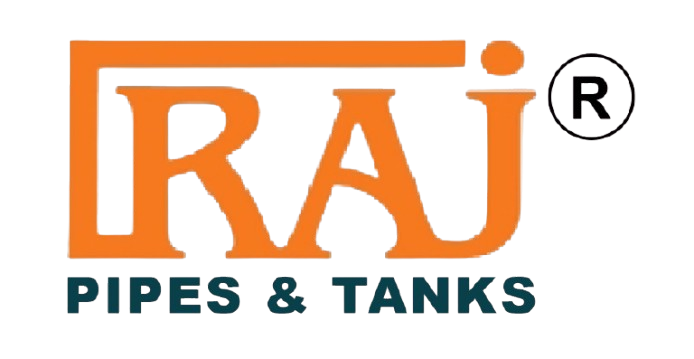The manufacturing process of roto tanks, particularly 3-layer double roto tanks, involves a highly specialized technique known as rotational molding, or roto-molding. This process begins with the selection of high-quality raw materials, usually polyethylene or other durable plastics, which are first heated and melted into a liquid form. The liquid plastic is then poured into a mold that is continuously rotated around two axes in a heated chamber. As the mold rotates, the liquid plastic evenly coats the interior surface, gradually forming the tank’s walls. The process is repeated to form multiple layers, typically three, which provide enhanced strength, insulation, and durability. Once the molding is complete, the tank is cooled and removed from the mold. The final result is a seamless, sturdy tank that can withstand harsh weather conditions, UV rays, and chemical exposure. The 3-layer construction further ensures better insulation, keeping the contents of the tank at a consistent temperature. Roto tanks are widely used for water storage, chemical storage, and other liquid applications, owing to their resilience, longevity, and efficient production process.
